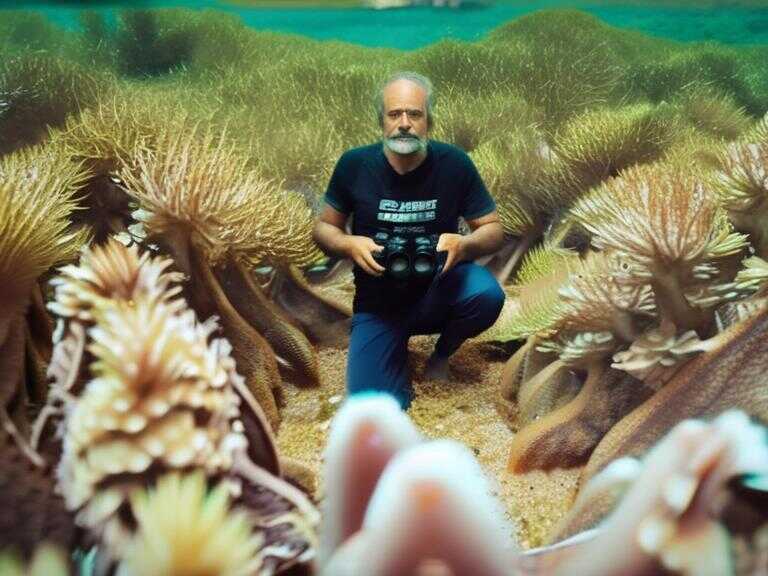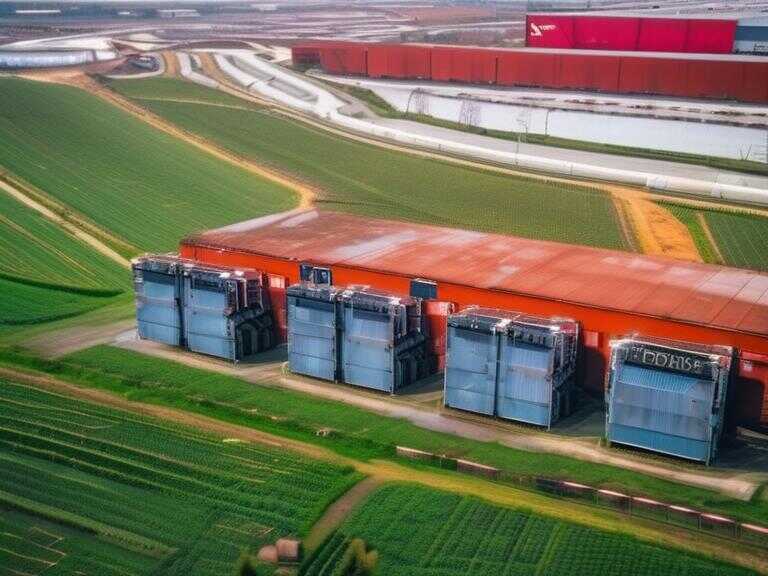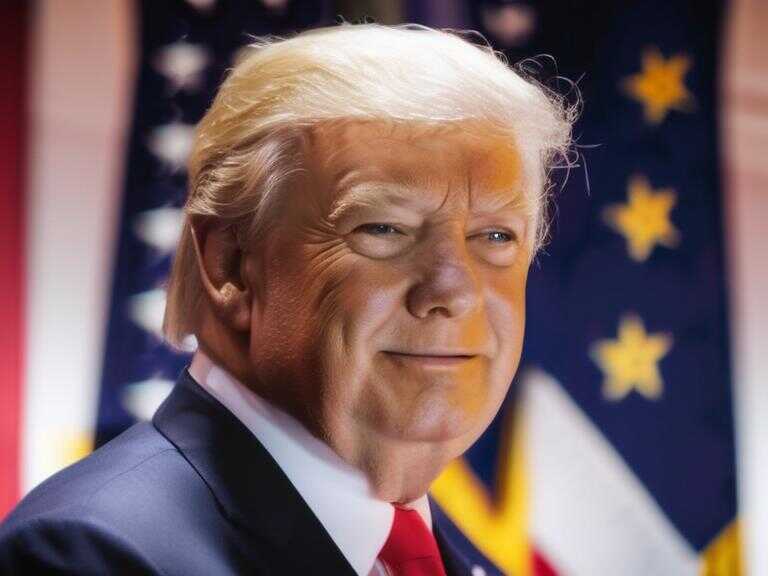
Starliner Crew's Return to Earth Scheduled for March 19-20
NASA will bring back the Starliner crew and two space station astronauts around March 19-20, after a delay caused by propulsion issues with the Starliner.

NASA is adjusting its plans to return the astronauts aboard the Starliner spacecraft to Earth, bringing their mission to a close approximately two weeks earlier than initially anticipated. The agency revealed on Tuesday that the four-person crew, consisting of NASA's Barry "Butch" Wilmore and Sunita Williams, cosmonaut Alexander Gorbunov, and Commander Nick Hague, is now expected to land back on Earth around March 19-20.
This earlier return date was made possible by a recent decision to shift the next crew rotation, Crew 10, to a different SpaceX Crew Dragon spacecraft. This new spacecraft has the potential to be ready for launch as early as March 12, depending on weather conditions and other operational factors.
Handover and Return Preparations
After a five-to-seven-day handover period to bring their replacements from Crew 10 up to speed on the intricacies of space station operations, Commander Hague, cosmonaut Gorbunov, Commander Wilmore, and Co-pilot Williams will undock from the International Space Station and begin their journey home.
They will be returning aboard the same Crew Dragon spacecraft that originally transported Commander Hague and Cosmonaut Gorbunov to the station last September. Notably, this spacecraft includes two empty seats reserved specifically for Commander Wilmore and Co-pilot Williams.
Extended Mission Duration
Assuming the current schedule remains unchanged, Commander Wilmore and Co-pilot Williams will have spent nearly 290 days in orbit since their launch on June 5. Their mission, initially expected to last a little over a week, has been significantly extended due to unforeseen challenges encountered by the Starliner spacecraft.
During its first piloted test flight, the Starliner, developed as part of NASA's program to establish independent commercial crew ships for astronaut transportation to and from the space station, experienced propulsion issues and propellant leaks. These problems led to weeks and then months of rigorous testing and analysis.
In a precautionary measure, NASA managers ultimately decided that the risks associated with bringing Commander Wilmore and Co-pilot Williams down aboard the Starliner were too high. Instead, they opted for a remote-controlled descent of the spacecraft without its crew, keeping Commander Wilmore and Co-pilot Williams on the station until their return with Commander Hague and Cosmonaut Gorbunov at the conclusion of the Crew 9 expedition.
Political Commentary and Mission Updates
Initially, NASA had planned to bring all four astronauts back to Earth in February. However, late last year, an additional month was added to the mission due to the time required to prepare the Crew 10 Dragon for launch.
President Trump, in a statement last month, attributed the overall mission extension for the Starliner crew to the Biden administration, claiming they had "abandoned" the two astronauts in space. He further stated that he had requested SpaceX founder Elon Musk to "go get" Commander Wilmore and Co-pilot Williams. Mr. Musk echoed this sentiment on X, also blaming President Biden.
However, it's important to note that there is no evidence to suggest that the Biden administration had any influence on NASA's decision to extend the Starliner crew's mission. This plan was in place since last September when the Crew 9 spacecraft, with its two-man crew and two empty seats for Commander Wilmore and Co-pilot Williams, was launched.
Moreover, given that the Crew 9 spacecraft has been docked at the space station for the past five months, there was no immediate need to "go get" the astronauts as implied by Mr. Trump and Mr. Musk.
Crew 10 Launch Preparations
Meanwhile, the next crew rotation, Crew 10, is gearing up for its launch. This crew comprises Commander Anne McClain, Pilot Nichole Ayers, Japan's Takuya Onishi, and cosmonaut Kirill Peskov. They are currently scheduled to blast off around 7:48 p.m. EDT on March 12.
This launch date is contingent upon various factors, including the successful launch of a commercial moon lander from the same pad on February 26 and favorable weather conditions.
Share news















